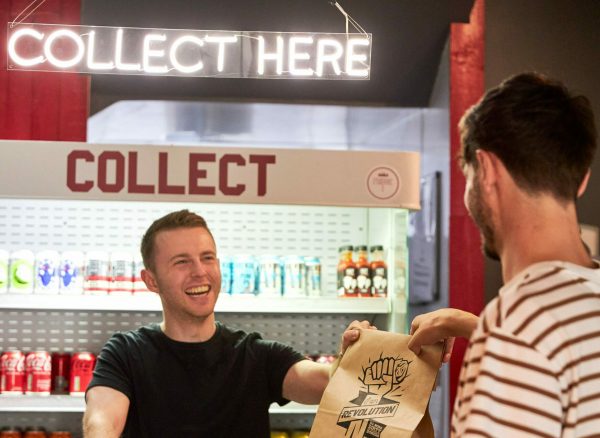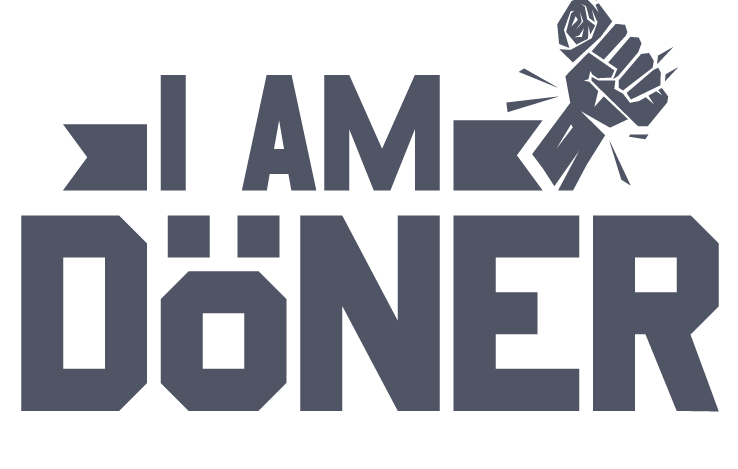With the National Minimum Wage and Living Wage rising in April 2024, the cost of labour for hospitality brands skyrocketed.
As Kate Nicholls – CEO of UKHospitality – pointed out, this is a huge additional cost for an industry already struggling to stay afloat.
“We close the door one day,” she said, “and with nothing else changing, we have £800 million of extra cost going through the sector to absorb the next day.”
So it’s never been more important for operators to ensure they are running the most efficient labour model possible.
Join us as we take a look at how top hospitality brands have used tech to combat rising labour costs and increase the profitability of their operations.
1. Reduce labour costs (and increase profit) with digital order channels
Digital ordering channels take a huge amount of pressure off your labour model.
Channels like self-order kiosks, Click & Collect, and Mobile Order & Pay offer a solution that delivers the best of both worlds: they allow you to work with a much leaner operation, without sacrificing throughput.
Launching these channels means you don’t have to rely on having staff members chained to the POS taking manual orders anymore, effectively reducing the number of staff you need per shift. Vietnamese fast food chain HOP saw a 35% reduction in labour costs thanks to digital ordering, with LEON also seeing the benefit to the bottom line.
And they’re massively popular with customers. 60% of consumers say they’d be more likely to visit a location if kiosks were available, for example.
When I am Doner introduced kiosks, they soon saw 99% of on-premise orders going through this digital channel.
“Self-order kiosks are the future of fast food restaurants. By making them our main in-store ordering method, it’s freed up labour to the extent that it’s like having one additional employee.”

It’s not just about the savings on labour, either.
Digital ordering channels boost ATV organically, by upselling the customer more effectively than a human ever could. Crêpeaffaire has seen a massive 49.5% increase in ATV across digital ordering channels.
This can significantly increase your operation’s profitability, helping offset the increasing cost of labour.
“Seeing a 20% increase in ATV and a 35-40% decrease in labour costs is a fantastic result.”
2. Integrate third-party delivery orders
Managing multiple delivery partners can be so much admin that it easily makes up a full-time job in the rota.
In some operations, team members are still manually entering orders from Deliveroo, Just Eat, and other third parties into a POS so they can be processed in the kitchen. Not only does this take up precious time, but it also easily results in costly human error.
With the cost of labour so high, dedicating a team member to this time sink is a drain on resources that most operators can’t afford.
But new approaches to hospitality tech provide a solution to this that eases the demand on your team.

One of the huge benefits that the I am Doner team saw when they moved to a single system was the integration of all third-party delivery partners into one, automated process.
Now, every order from every channel – including delivery partners – comes through automatically to the Kitchen Management System, without needing to be manually processed. You’ll be surprised how many hours of labour you can save with this simplified approach.
“The delivery aggregator hub has been absolutely revolutionary. Before you would have to have somebody answering the phone, taking orders, processing UberEats orders, and processing Just Eat orders. Whereas now everything comes through the system straight onto our KDS screens in the kitchen. It’s easily cut 10 hours of staff labour“
Tackling rising labour costs: you're not alone
With all the moving parts of an operation, it can seem impossible to balance an effective, productive workforce with skyrocketing cost of labour.
But it’s not impossible.
Book a chat with one of our restaurant tech experts to find out how tech could help you navigate the labour crisis, and even grow your business through it.
3. Update menus once. And once only.
Yet another time sink for an already time-strapped workforce is backend admin.
Making updates to menus and store opening hours should be a quick, one-time job, but this is a pipe dream when operations are spread across multiple platforms.
We often hear operators lamenting the frustrating process of logging into one platform, updating a menu, and logging out, only to repeat the process for another channel.
Crêpeaffaire solved this by simplifying its tech approach and moving to a single system that manages all menus in one place.
Don’t underestimate the amount of time that can be saved by making your menu the centre of your tech stack. By having all menus, restaurant sites, and ordering channels—including third–party delivery—in one place, you can make changes that apply across the board with just one touch. The time and labour this saves can be invaluable.
It also unlocks your menu’s full revenue potential. When you can be truly flexible with your menus, you can easily experiment, react to trends, and promote the most profitable items.
4. Run a more agile labour model
When combined, the above steps can significantly decrease your labour costs, while boosting your revenue simultaneously.
But another benefit this simplified approach to tech unlocks is access to a more agile labour model.
By freeing your team from mundane admin tasks like menu updates, delivery channel management, and even taking manual orders at the POS, you can redeploy your remaining workforce exactly where they’re needed most.
Deep Blue, for example, found that when kiosks launched in their busiest stores, staff could be redeployed to the kitchen to pack and fulfil the restaurant’s significantly increased orders. Increasing the speed and quality of service and resulting in happier guests.
I am Doner have enjoyed similar flexibility in their staff model since moving to a single system:

The rising cost of labour is a serious challenge for operators, but it’s not a problem that can’t be solved.
And ultimately, the end goal doesn’t have to be just balancing the cost of labour with profits, but actually growing your business through this labour crisis, like other innovative brands are doing right now.
Chat with one of our hospitality tech experts to find out how.


